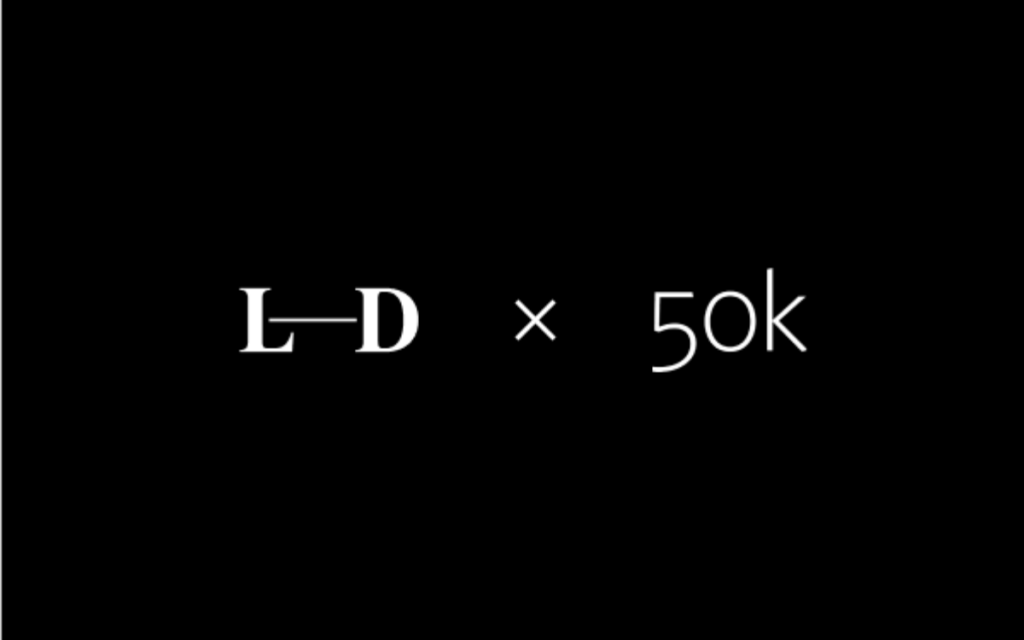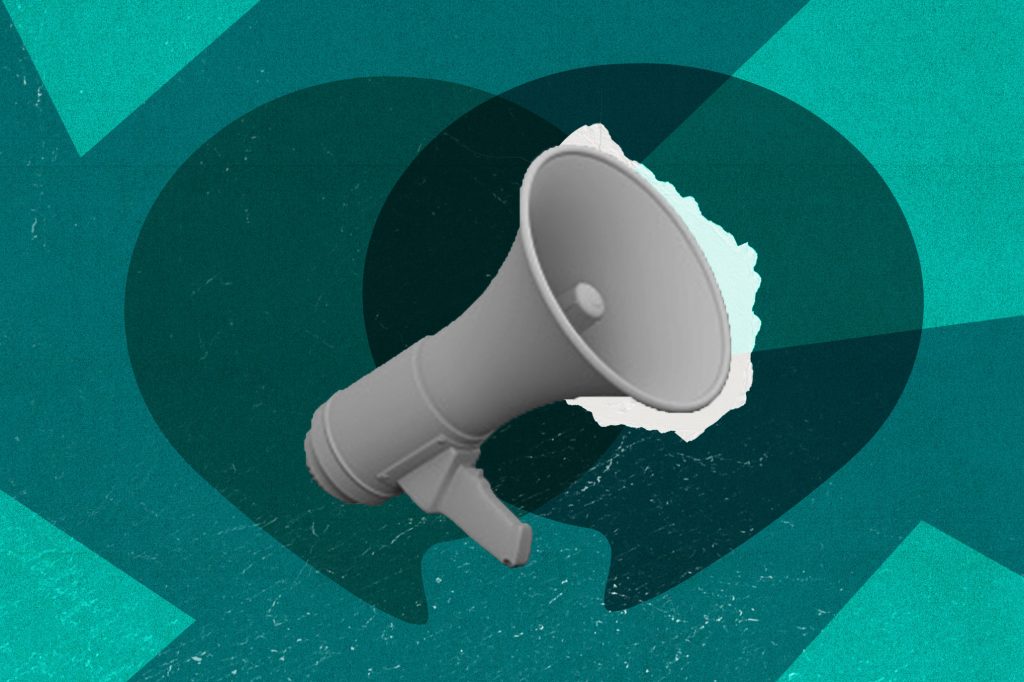Your brand’s best stories are hiding in your data. Here’s how to find them.
From vast visualizations that contextualize complex topics to individual stories that give shape to larger trends, data can supercharge your brand's storytelling.
Margaret Myers is a director on the editorial team at Long Dash. She is a former journalist who managed online coverage at PBS NewsHour and ESPN and led the features department at the Amarillo Globe-News.
The role of brand storytellers is to uncover and craft the narratives that help brands connect with the audiences they seek to reach. Brand stories reflect the values and expertise that drive the brand, which is why, oftentimes, brands feature the people behind their products and services. After all, storytelling is fundamentally a human endeavor.
Yet in our quest for human connection, we as storytellers often overlook a powerful storytelling tool hiding in plain sight: data.
Far from being cold or impersonal, data can be the key to unlocking deeply human narratives that resonate with our audiences on a profound level. By embracing data-driven storytelling, the same way an investigative journalist might unearth a story in government data, we open up a new dimension of authenticity and insight.
But to truly harness the power of data in our storytelling, we must look beyond surface-level metrics and dive deep into the heart of what makes our brands unique. We’re not just reporting “numbers”; we’re uncovering larger truths, unexpected connections, and trends that point toward future opportunities.
Lucky for brands, they already possess a wealth of untapped storytelling potential in their data. For example, a clothing brand could use supply chain data to tell a compelling story about its commitment to sustainability and ethical sourcing. Or foundations and nonprofits could collect troves of valuable research data on the topics their communities care about. They can create stories and videos to ensure the most useful messages are actually seen and understood by their communities.
We’re not just reporting “numbers”; we’re uncovering larger truths, unexpected connections, and trends that point toward future opportunities.
By adopting techniques from data journalism, brand storytellers can transform complex information into narratives that resonate deeply with their audiences, creating more meaningful connections and demonstrating their impact in ways that go beyond traditional marketing approaches.
Here are three lessons for data storytelling that we’ve learned while working with clients and from our experience as journalists. Follow these tips to get the most out of your organization’s data.
1. Interview your data
There’s a truth in data science that might sound counterintuitive at first but is crucial to understand: all data is biased.
This doesn’t mean that the numbers you’ve assembled in a spreadsheet are false or that your analytics are lying to you. It means that every dataset comes with its own context and limitations, and therefore, you must treat data as a source to be questioned and explored.
To effectively interview your data, approach it with the same curiosity and skepticism you’d use when interviewing someone. Be prepared to challenge your assumptions and preconceived notions about what the data might reveal. As you delve deeper, exercise editorial judgment in selecting which data points to highlight and which to exclude, always keeping your audience and narrative goals in mind.
To guide your data interview, ask questions like:
- How does this data challenge or confirm existing assumptions about the topic?
- What surprising patterns or trends emerge when I look at this data chronologically?
- What outliers exist, and what might they signify?
- What questions does this data raise that you can’t answer with the current information?
- What additional context would make this data more meaningful?
- If you had to explain this data to someone unfamiliar with the topic, what would you emphasize?
- How might different stakeholders interpret or react to this data?
By adopting the mindset of an investigative journalist and consistently probing your data with thoughtful questions, you’ll uncover the rich, nuanced stories hiding within the numbers.
2. Transform data into experiences
Once you’ve thoroughly interviewed your data, consider transforming it into an experience for audiences to engage with. This process goes beyond simply presenting numbers. It’s about setting up the narrative framework and letting the data tell its own story.
Here are two recent examples from our work that illustrate this concept:
- Scrollytelling experience: For the Environmental Defense Fund (EDF), we created a narrative-driven, scrollable experience. Here, we married numbers with a compelling story, carefully selecting which data points to highlight to support the narrative. This approach allowed EDF to tell a clear, data-backed story about their work.
- Interactive dashboard: For Emory University’s Rollins School of Public Health, we transformed climate change data into a user-friendly dashboard. This tool allows climate researchers to compare data across counties, providing a scalable platform for ongoing storytelling. By prioritizing UX best practices, we made complex climate data accessible and engaging, a stark contrast to the often clunky government tools researchers are used to seeing in this space.
In both cases, we applied editorial judgment, selecting which data to include and exclude, much like a journalist would with information sources. We also considered universal audience needs: the desire to understand data and the expectation of a good user experience.
A benefit of investing in these types of experiences is that they’re built for scalability. By first setting up the infrastructure, these experiences can grow and evolve as new data becomes available.
3. Find the ‘small’ stories, too
Not all data storytelling has to include multifunctional dashboards with dozens of dropdowns or intricate visualizations that crunch decades of information. Some of the most compelling data narratives can emerge from smaller, more personal stories.
By interviewing your data and thinking about big and small ways to express the data, brands can unlock deeper narratives.
Data exists in our everyday lives and can help contextualize the themes or trends we see in large datasets. When these smaller stories are gathered and presented together, they can tell a powerful larger story.
Take, for example, the New York Times project What We Spent in a Month. This initiative followed six American families who recorded every expense, from routine bills to unexpected costs like emergency dental work. Each family’s data points, seemingly mundane on their own, collectively painted a vivid picture of the financial realities facing American households.
This approach of starting small—focusing on individual anecdotes or experiences—and then complementing them with broader trends can be incredibly effective for brands. For instance, a financial services company could pair personal spending stories with inflation or housing data to create a more comprehensive and relatable narrative about the economy.
By finding these “small” stories within your data, you can make large-scale trends more relatable and human. Concrete examples are more likely to resonate with your audience’s personal experiences. They can help your brand create more emotional connections that purely numerical data might not achieve.
Effective data storytelling doesn’t always require complex visualizations or extensive databases. Sometimes, the most impactful stories lie in the everyday data points that surround us all.
Everyone can do this
Data storytelling isn’t the exclusive domain of data wonks or spreadsheet wizards. Every brand storyteller already possesses the underlying skills to tell data stories. They may need help organizing the data or coaxing it into more user-friendly formats, but the fundamental ability to find meaning and craft compelling stories is there. By interviewing your data and thinking about big and small ways to express the data, brands can unlock deeper narratives. These stories have the power to transform abstract numbers into relatable human experiences, making your brand’s impact tangible and memorable.





